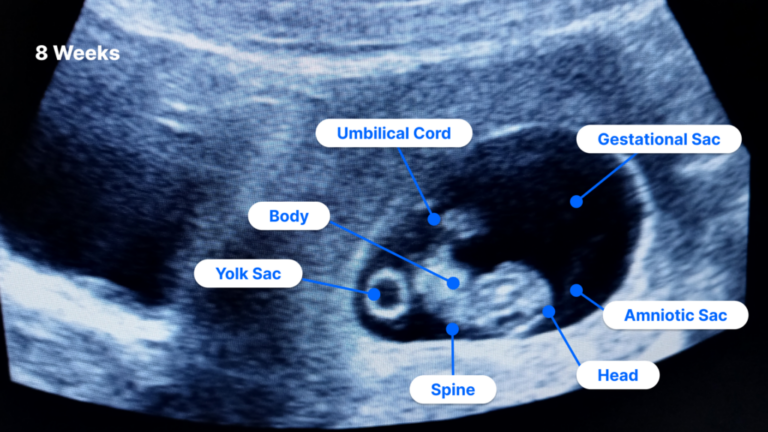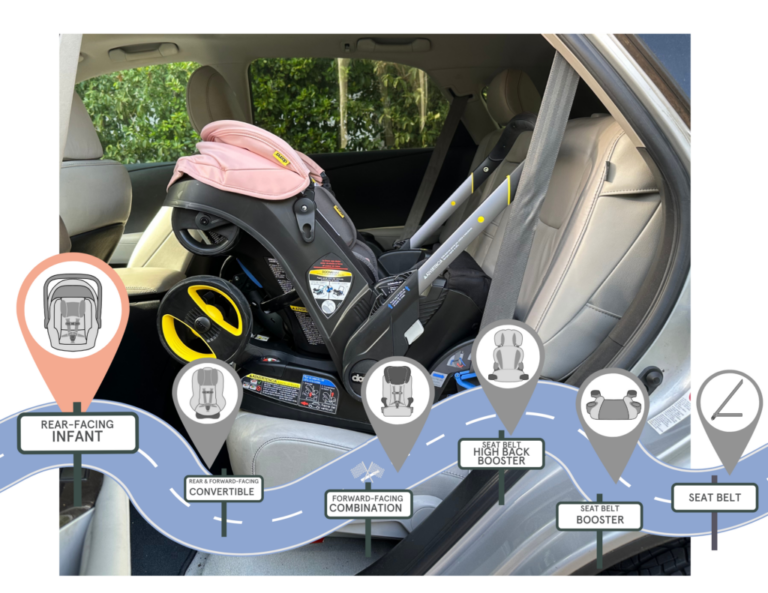How To Sterilize Baby Bottles
When it comes to caring for your little one, ensuring that their feeding equipment is always clean and sterilized is of utmost importance. In this comprehensive guide, we will delve into the best practices for sterilizing baby bottles to keep your baby safe and healthy.
Knowledge
Before diving into the specifics of how to sterilize baby bottles, it’s essential to understand why sterilization is crucial. Babies have delicate immune systems that are still developing, making them more susceptible to infections and illnesses. By sterilizing baby bottles, you can eliminate harmful bacteria and germs that may be present, reducing the risk of your baby falling ill.
There are several ways to sterilize baby bottles, each with its pros and cons. The most common methods include boiling, steam sterilization, microwave sterilization, and chemical sterilization. Boiling involves submerging the bottles in boiling water for a specific period, while steam sterilization uses electric steamers to kill germs. Microwave sterilization is quick and convenient, and chemical sterilization involves using sterilizing solutions or tablets.
1. Wash your hands thoroughly with soap and water before handling the baby bottles.
2. Disassemble the bottles, nipples, rings, and caps.
3. Rinse all parts with cold water to remove any milk residue.
4. Place the bottle parts in a pot of boiling water or a steam sterilizer according to the manufacturer’s instructions.
5. If using a microwave sterilizer, add water to the base, arrange the bottle parts, and microwave as directed.
6. Once sterilized, remove the bottle parts carefully and allow them to cool before assembling.
7. Store the sterilized bottles in a clean, covered container until ready for use.
– Always follow the manufacturer’s instructions for sterilizing baby bottles.
– Use clean, fresh water for boiling or steam sterilization.
– Check the bottles and nipples for any signs of wear and tear and replace them if necessary.
– Allow the sterilized items to air dry completely before use.
– Consider investing in a bottle sterilizer for convenience and efficiency.
Conclusion
In conclusion, knowing how to sterilize baby bottles properly is essential for maintaining your baby’s health and well-being. By following the correct sterilization methods and tips, you can ensure that your baby’s feeding equipment is free from harmful bacteria. This guide is valuable for new parents, caregivers, and anyone looking to provide the best care for their little ones.
Ultimately, the safety and health of your baby should always be a top priority, and proper sterilization of baby bottles plays a significant role in achieving this. Stay informed, stay diligent, and enjoy the peace of mind that comes with knowing you’re taking the necessary steps to keep your baby safe.






